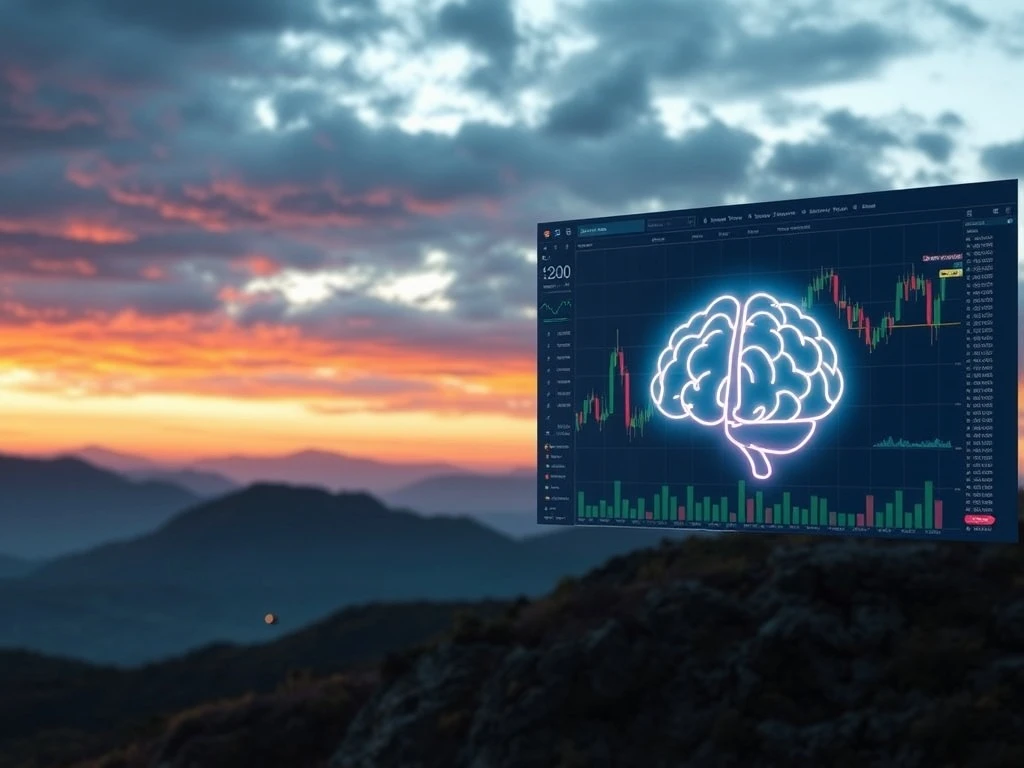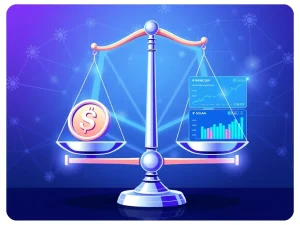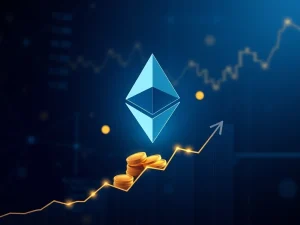Unlock Powerful Crypto Strategy with ChatGPT AI

The cryptocurrency market moves fast. Staying ahead requires quick, informed decisions. Traditional analysis methods can be slow. This is where using ChatGPT crypto integration can transform your approach, helping you process vast data for clearer insights.
Leveraging ChatGPT for Crypto Strategy
ChatGPT, developed by OpenAI, acts as a powerful language model capable of interpreting, summarizing, and generating text based on your prompts. For crypto traders and investors, it simplifies complex information, translating numbers and events into actionable insights. It’s not a replacement for live data or professional tools, but it significantly boosts productivity and clarity, complementing other analytical platforms.
ChatGPT assists users in several key areas:
- Extracting insights from technical indicators and trading metrics.
- Summarizing sentiment from social media and crypto news.
- Drafting and refining crypto trading strategy frameworks.
- Performing qualitative risk assessments and scenario planning.
- Generating conceptual price prediction scenarios based on data and trends (note: these are hypothetical, not real-time predictions or investment advice).
For example, traders use ChatGPT to design trading bot logic based on specific technical conditions like RSI divergence or MACD crossovers. It can generate code snippets (like Pine Script) and suggest improvements, such as adding volume filters to reduce false signals.
A Step-by-Step Guide to ChatGPT Market Analysis
Effective use of ChatGPT depends on clear objectives and precise prompts. Follow these steps to enhance your market analysis:
Step 1: Define Your Objective
Before prompting, know what you want to achieve. Are you assessing market entry, researching a coin, or designing an algorithm? Clear goals yield relevant AI responses.
Step 2: Use Clear, Structured Prompts
The quality of your input determines the output. Be specific. Examples:
- “Analyze recent BTC price using historical data and moving averages.”
- “Summarize Ethereum sentiment from X, Reddit, and news for the past week.”
- “Generate a scalping strategy using RSI, MACD, and 15-minute charts.”
Step 3: Analyze Technical Indicators
ChatGPT interprets indicators like RSI, Bollinger Bands, MACD, and more. While it lacks real-time charts, you provide data points. For instance, “BTC RSI is 72, and MACD shows a bullish crossover with increasing volume. What does this imply?” ChatGPT explains the technical conditions and their potential meaning.
Step 4: Evaluate Market Sentiment
Sentiment heavily influences crypto markets. Use ChatGPT to assess market tone by providing summaries or content snippets. Ask it to “Summarize market sentiment for DOGE based on X posts and Reddit from the past 24 hours.”
Step 5: Backtest Strategies (Conceptually)
ChatGPT excels at conceptual validation. Describe a strategy and ask how it might perform under different historical conditions. “Backtest a moving average crossover strategy on ETH from 2020 to 2023 with a 50/200-day setup.” It simulates outcomes based on historical assumptions, explaining strengths and weaknesses. For numerical accuracy, use actual backtesting software.
Step 6: Simulate Scenarios
Input hypothetical scenarios to explore implications. “What would happen to Bitcoin if US inflation spikes to 8% and interest rates rise by 1.5%?” ChatGPT provides speculative insights based on historical logic and sentiment patterns, not real-time predictions.
Finding Crypto Signals with AI
While ChatGPT doesn’t generate live crypto signals, it helps interpret potential signals based on provided data. You can feed it information about specific chart patterns, on-chain data points, or confluence of indicators and ask for an interpretation regarding potential entry or exit points. It helps you understand what combinations of factors might historically indicate a trading opportunity, aiding your decision-making process.
Understanding Market Sentiment Analysis
Crypto markets are driven by fear, hype, and FOMO. Effective sentiment analysis is crucial. You can provide ChatGPT with summaries of social media discussions, news headlines, or forum posts related to a specific coin or the broader market. Ask it to identify the prevailing emotional tone – bullish, bearish, or neutral – and explain the reasons behind it. This qualitative analysis helps gauge market mood beyond just price charts.
Benefits of Using ChatGPT for Crypto
Integrating ChatGPT into your crypto workflow offers several advantages:
- Accessibility: No coding or complex analysis background needed.
- Speed: Generate analysis, strategy templates, or summaries in seconds.
- Customization: Tailor responses to specific trading styles (scalping, swing trading, hodling).
- Adaptability: Shifts between fundamental, technical, and sentiment perspectives.
- Automation: Potential for integration into bots or dashboards via APIs.
Limitations to Consider
Despite its capabilities, ChatGPT has limitations:
- No Real-Time Data: It doesn’t access live prices or charts unless connected via APIs or plugins.
- Not Financial Advice: It offers general guidance, not professional investment recommendations.
- Prompt Dependency: Output quality relies heavily on clear and detailed input.
- No Quantitative Accuracy: Cannot verify data correctness without external validation.
Integrating ChatGPT with Other Crypto Tools
Pairing ChatGPT with specialized platforms enhances its analytical power:
- Market Feeds: Use CoinGecko or CoinMarketCap for current stats.
- Charting Platforms: Extract indicator data from TradingView or CoinGlass.
- On-chain/Sentiment: Feed data from Santiment or LunarCrush for analysis.
- Automation: Use Zapier or Python bots to trigger workflows.
Combining ChatGPT’s pattern recognition with precise tools creates a powerful, AI-assisted analysis system. Remember, AI insights should guide, not replace, your critical thinking and research.
Conclusion
ChatGPT is a valuable tool for anyone navigating cryptocurrency markets. It streamlines analysis, helps refine strategy, assists in interpreting technical and sentiment data, and can even help identify potential signals. By understanding its strengths and limitations and integrating it with other tools, you can enhance your decision-making process and potentially improve your trading outcomes in the dynamic world of crypto.







